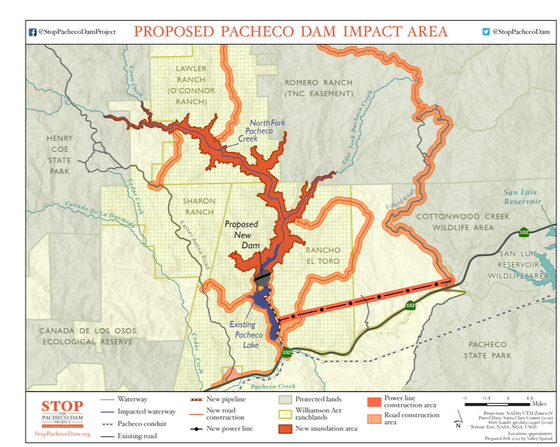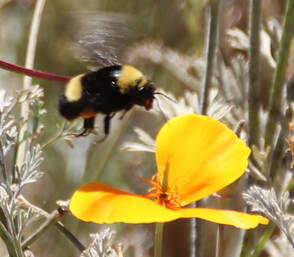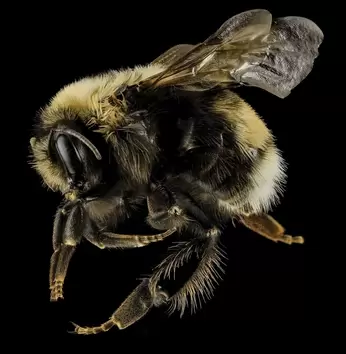Pancheco Dam Bumble Bee Survey

The Urban Bee Lab will be partnering with the Stop The Pancheco Dam Project to conduct ecological surveys in the area of the proposed dam. The Pancheco Dam is to be located in Santa Clara County, in the midst of various state parts and ranches. 1500 acres of land is to be flooded in order to increase the site of the reservoir. This includes Sycamore alluvial woodland and Oak woodland areas. Various ecological damages are expected to occur if the proposed dam is constructed. Some of these include rare and vulnerable species, such as the American badger, bald eagle, bay checkerspot butterfly, California tiger salamander, and the San Joaquin fox.
Another potential harms relates specifically to two endangered bumble bee species, which are believed to reside in the Rancho El Toro and Lawler Ranch areas. We will be conducting bumble bee surveys to locate these bee species, in order to help build the case against building the dam.
Impacted Bumble Bee Species
|
The two endangered bee species that may reside in the impacted dam area are Bombus occidentalis (Western Bumble Bee) and Bombus crotchii (Crotch's Bumble Bee). Bombus crotchii resides almost exclusively in California, but can also be found in Nevada in areas that border California. It lives in shrubland and grassland regions. Over the past 10 years, there has been a continuous decline in abundance and persistence of the bee. While it was once common in the central valley, it is now rarely found and has been considered endangered since 2014. |
|
Bombus crotchii (above)
Millie Basden, CC BY 4.0 via Wikimedia Commons |
Bombus occidentalis (below) |
|
Bombus occidentalis is found in Western North America, from Alaska down to central California and over to Western Nebraska. However, while the bee was common before 1998, its populations have suffered sharp declines, particularly in central California. B. occidentalis has been listed as vulnerable to extinction.
Bumble bee populations are threatened by a number of factors. These include land development, habitat shifting and alteration, urbanization, droughts, and flooding, temperature extremes. In particular, habitat fragmentation is one of the main factors impacting bee populations. In order to conserve bee populations, it is important to preserve habitats in order to ensure nesting sites and abundant floral resources. Additionally, habitat restoration or creating new habitats can help prevent further population declines. |
Stop The Pancheco Dam Project
The Stop the Pacheco Dam Project is a coalition of environmental groups, community groups, open space advocates, and park advocates, alongside concerned citizens. For more information about the Stop the Pacheco Dam Project, visit their website at https://stoppachecodam.org/about/


